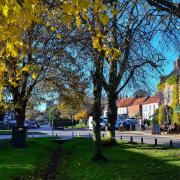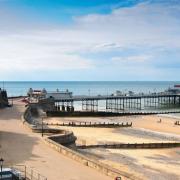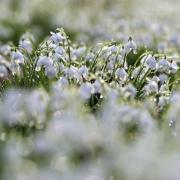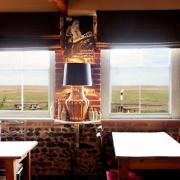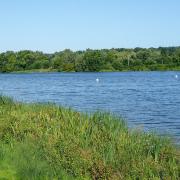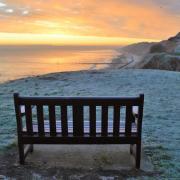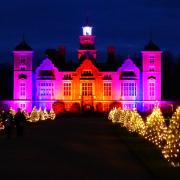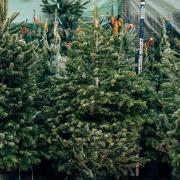Serena Shores charts the work going on to restore the Norfolk Broads.
By the end of the 1970s, there was something evidently very wrong with the Norfolk Broads. Clear water, once teeming with life, was now turbid – nearly devoid of water plants and apparently sustaining little more than fish. Water birds were at risk of decline. In truth, a vast majority of the 63 lakes and waterways had become victim to a severe ecological problem, about which very little was known.
However, the dedicated work of the Broads Authority, enabled by its many partners, has
brought understanding about what has happened to this formerly idyllic place. It has developed, with the help of scientific knowledge and hands-on learning, techniques to nurse the Broads back to health and create a newly flourishing environment which cannot help but prove felicitous for both man and nature.
The crux of the problem centres upon the Broads’ little known “antibody”, if you like, the daphnia, or water flea. They are the main predator of algae and vital in keeping numbers down. Unfortunately, over the decades large amounts of phosphates and nitrates had entered the water system through fertilisers and sewage, “over-enriching” the water. The algae population exploded, a big enough problem for the daphnia in itself, were it not for the fact that this in turn had the effect of turning the water murky and blocking out sunlight which killed the water plants essential to their shelter. This left them vulnerable to mass predation by fish. The end result of eutrophication is a loss of wildlife and rapid sedimentation.
In 1993, The Broads Authority embarked on an ambitious programme to restore the lakes under their care. Certain smaller broads such as Cockshoot and Cromes were more easily assisted by removing sediment, as the water had become too shallow to support marine plantlife, which soon grew back. But at Barton, the second largest broad, a more comprehensive approach was needed; adopting the method of biomanipulation, or the stimulation of natural processes within an ecosystem. Extensive sediment removal was carried out, making the waters navigable once again for the boats whose owners must have sorely missed a chance to sail them. A “fish curtain” was installed, isolating bays of the lake and leaving an area round the edge from which many roach and bream were removed, giving the daphnia a chance to recover and water plants to re-establish themselves naturally. This has proved to be a haven for water birds such as the great crested grebe. Numbers of coot and dabbling duck have also increased.
Ormesby Broad was subject to an even more radical technique, where large amounts of fish were removed from the whole lake and re-deposited in the downstream broads of the Trinity system. The change has been remarkable, with dramatic improvement in water quality and huge numbers of wetland birds over-wintering there. It has even benefited anglers as the balance of fish species had changed and there are far more “sport fish” such as pike, perch and rudd.
A comprehensive 45-year scientific review has just been completed into the condition of the broads and, following the information it provided, Hoveton Great Broad and Hickling will be the next projects to be undertaken. But, as Andrea Kelly, the authority’s senior ecologist, explains a large part of the initiative for the future will focus on the 1988sqm catchment area and the rivers and marshes it includes. The authority will be working closely with farmers to buffer the broads from seepage of pollutants including pesticides.
Navigation remains a priority and now lush beds of water weed present in the upper river reaches are cut back yearly to form passable channels for river traffic. Work at Barton Broad has created a boardwalk through woodland where rare birds such as nuthatch and treecreeper are common, to a viewing platform overlooking the stunning vista, which is a hive of activity for many different species of dragonfly in the summer.
Wildlife walks and a visitor centre at Hickling help encourage true appreciation of the variety and abundance of flora and fauna found in this unique, tranquil, and stunning freshwater habitat. Maybe the spirit of the gentle days of reed-cutter and wherry could return through the ever-evolving partnership between those who rely on the surrounding land for a living and the Broads’ hard-working stewards. This could only enrich the experience of the many thousands who use them for leisure activities every year.




